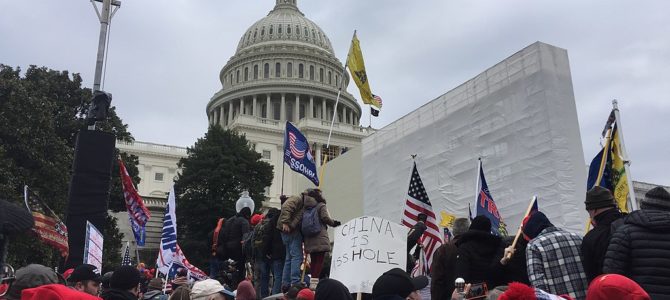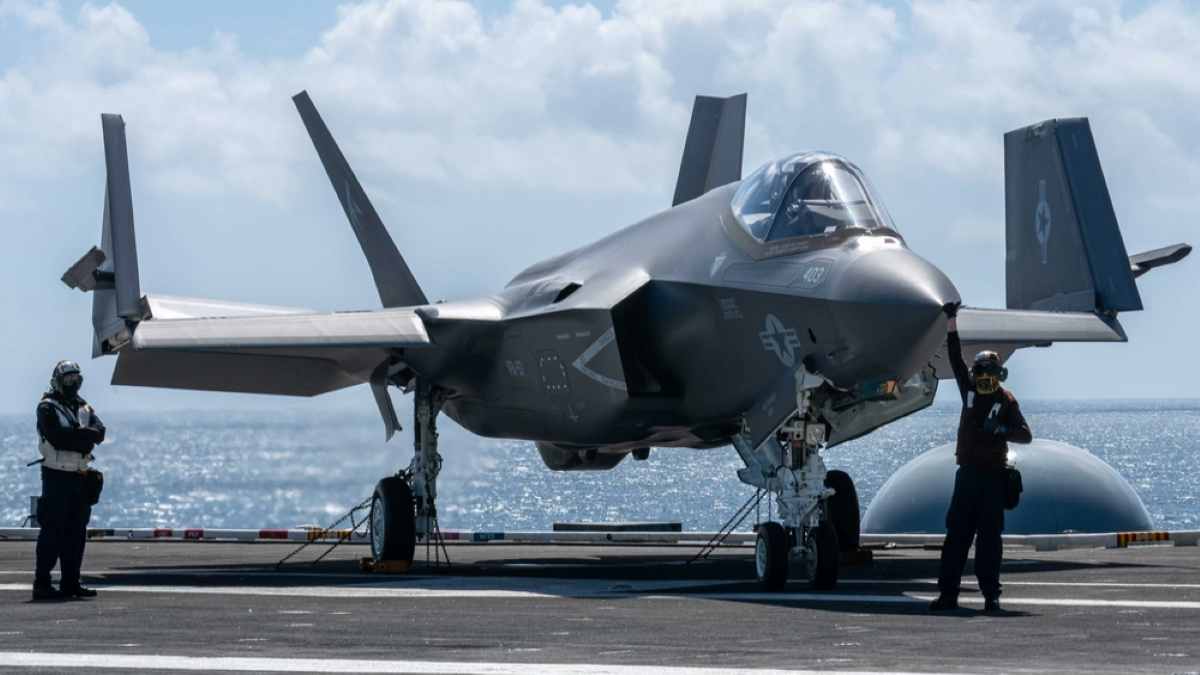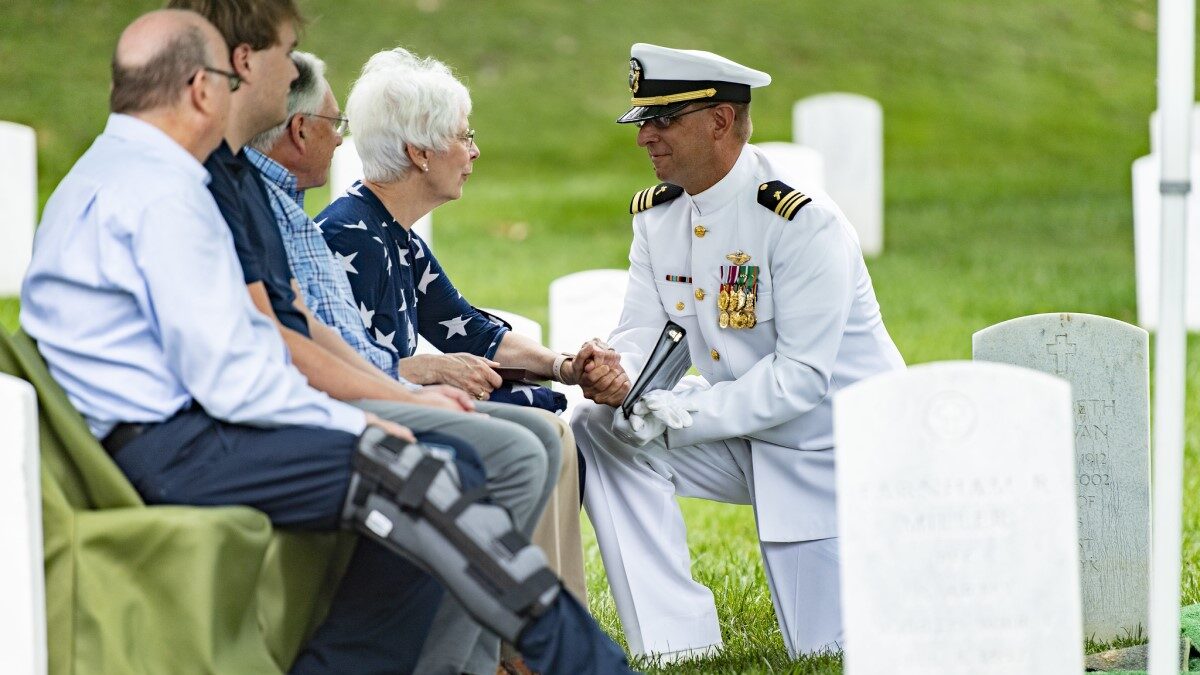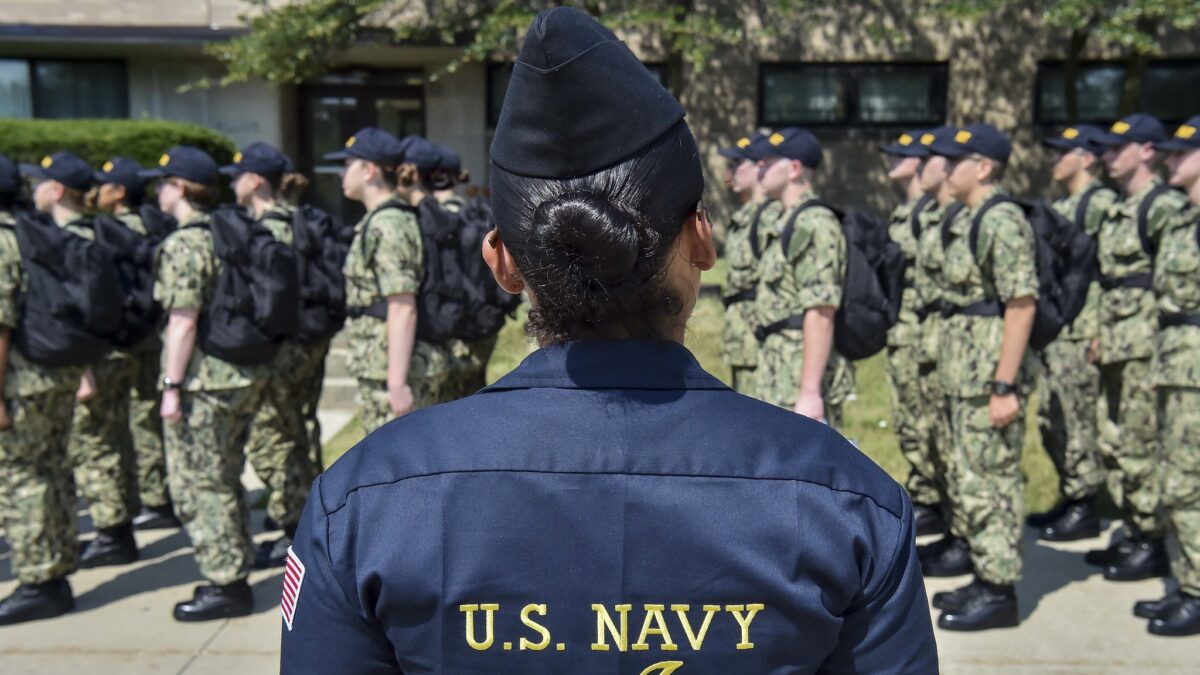
Last week, Politico reported that some current and former military leaders are freaking out because 124 retired “Flag Officers 4 America” dared to post a public letter stating at the top, “Our Nation is in deep peril.” Politico’s headline described the volunteer veterans’ “Open Letter from Retired Generals and Admirals” as “disturbing and reckless.”
The letter triggered critics by addressing several issues, such as the border crisis, China and Iran, the Keystone Pipeline, crime, freedom of speech, Big Tech, election security, misuse of the military, and a “hard left turn toward Socialism and a Marxist form of tyrannical government.”
The retired officers also encouraged citizens to get involved in local, state, and national politics to elect “representatives who will act to Save America [and] our Constitutional Republic.” These ideas are hardly radical, but several military “experts” slammed the open letter as “shameful,” “anti-democratic,” “angry,” “out of bounds,” “shocking,” and “dangerous.”
No such criticism was heard on Jan. 3 when ten former secretaries of defense published a Washington Post op-ed warning Pentagon officials that they must “refrain from any political actions that undermine the results of the election.”
Former Vice President Dick Cheney and his daughter Rep. Liz Cheney orchestrated the op-ed, which was based on speculation that President Trump might stage a military coup against the incoming Biden administration. Joining Cheney were co-signers James Mattis, Mark Esper, William Cohen, Chuck Hagel, Donald Rumsfeld, Ashton Carter, Leon Panetta, William Perry, and Robert Gates.
Three days later, shocking violence occurred at the U.S. Capitol. Many observers have wondered why it took so long for military reinforcements to arrive in support of the overwhelmed Capitol police. Let’s connect the dots.
Christopher C. Miller, who was acting secretary of defense on Jan. 6, testified before the House Committee on Oversight and Reform on May 12. Significantly, page five of Miller’s prepared statement mentioned the Cheney-orchestrated article signed by the ten former secretaries of defense, which warned against politicizing the military.
At the time, Trump’s lawyers were pursuing lawsuits in several courts, most of which failed on threshold issues such as standing or timeliness. It is not clear what the president hoped to accomplish with the Washington, D.C. rally, but the idea that he wanted to stage a military-style “coup”—a paranoic word that did not trouble op-ed co-signer Cohen—is absurd.
The former defense secretaries’ overheated op-ed nevertheless warned that any armed forces involvement in election disputes would take the country into “dangerous, unlawful and unconstitutional territory.” They even employed intimidation, adding: “Civilian and military officials who direct or carry out such measures would be accountable, including potentially facing criminal penalties, for the grave consequences of their actions on our republic.” The op-ed was inflammatory, insulting, and ridiculous, but it did get the attention of acting Defense Secretary Miller, whom the article mentioned by name.
Last week, Miller testified that on Jan. 5, President Trump called to discuss a rally of his supporters at Freedom Plaza. The president also commented that 10,000 troops would be needed to maintain order on the following day, Miller writes on page 11 of his testimony.
Unfortunately, Miller relied on the advice of “domestic law enforcement partners” who expressed confidence that they had “sufficient personnel to maintain order.” Confusion about law enforcement responsibilities delayed responses and allowed chaos to spread. Why did federal troops not arrive at the U.S. Capitol until 5:22 p.m., after most of the damage had been done?
Miller stated his concerns about the appropriate and limited use of the military were “heightened by commentary in the media about the possibility of a military coup or that advisors to the President were advocating the declaration of martial law.”
Referring to the reaction when Joint Chiefs Chairman General Mark Milley stood next to President Trump in front of the historic St. John’s Church when it was under threat from violent agitators in Lafayette Park, Miller added: “I was also cognizant of the fears promulgated by many about the prior use of the military in the June 2020 response to protests near the White House and fears that the President would invoke the Insurrection Act to politicize the military in an anti-democratic manner.”
In addition to these “fears,” Miller acknowledged political pressure from his predecessors, whose hyperbolic op-ed warned of “the dangers of politicizing and using inappropriately the military.” So, with ten former defense secretaries publicly pressuring Miller, telling him he must not cooperate in President Trump’s anticipated “coup,” optics apparently mattered more than preparations to secure the Capitol, as President Trump had requested.
People who ransacked the U.S. Capitol are being held accountable. But shouldn’t former defense secretaries Cheney, Mattis, Esper, Cohen, Hagel, Rumsfeld, Carter, Panetta, Perry, and Gates also share responsibility for delaying a professional military response that might have protected the Capitol?
Retired military leaders have every right to express opinions on matters of public policy. In this case, however, an op-ed motivated by speculations and political animus appears to have affected the judgment of an acting secretary of defense who should have followed the president’s direction.
In the minds of Washington Wokerati, a modest open letter expressing concern about the future of America, signed by 124 retired military officers, is “disturbing and reckless.” A prominently placed op-ed accusing a sitting president of plotting a military “coup,” however, was perfectly fine. After connecting these dots, what is wrong with this picture?









